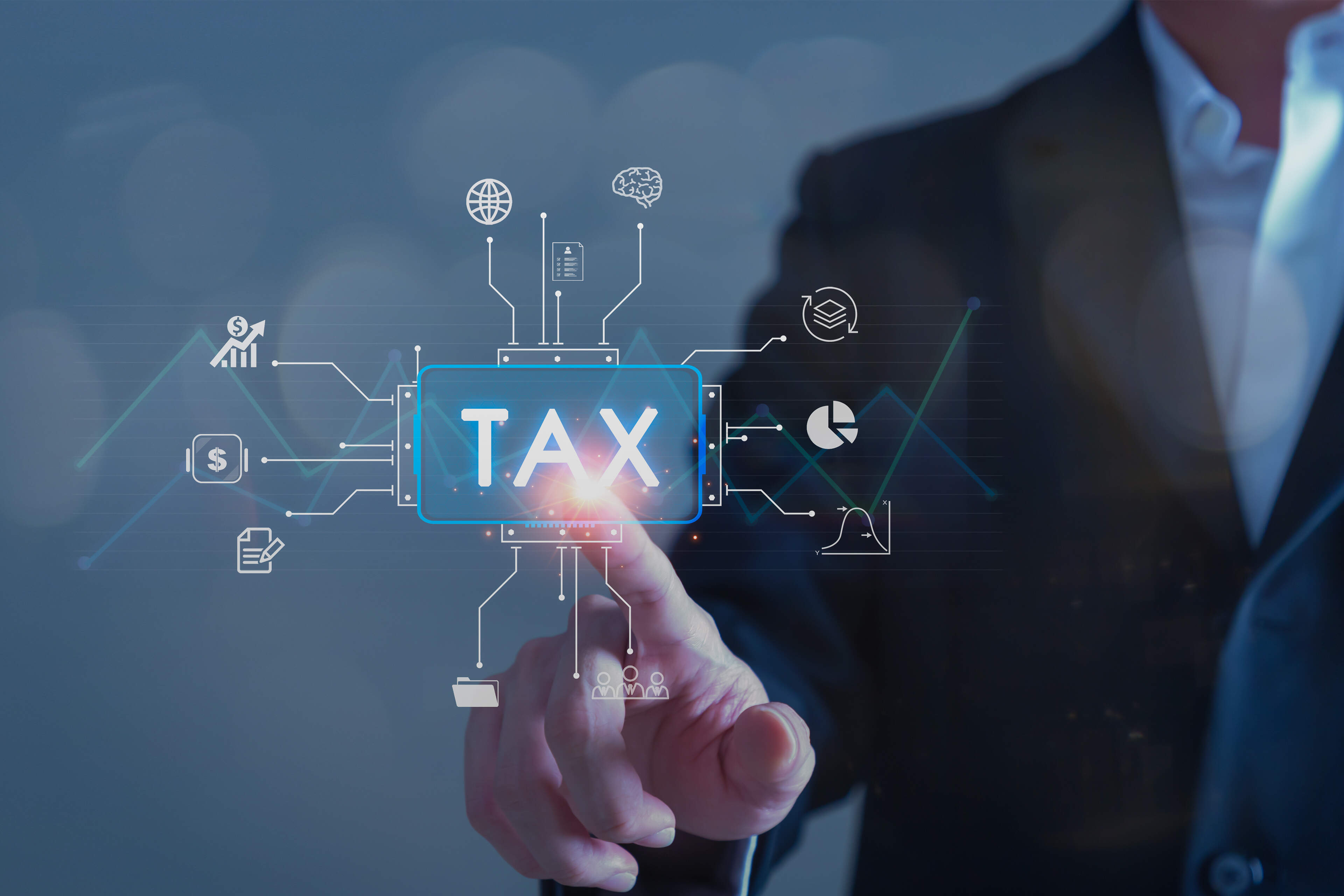EY refers to the global organization, and may refer to one or more, of the member firms of Ernst & Young Global Limited, each of which is a separate legal entity. Ernst & Young Global Limited, a UK company limited by guarantee, does not provide services to clients.

Rethinking secondary transaction discounts in Indian start-ups
Pricing of secondary transactions in Indian Start-ups aligns with primary round pricing
In brief
- 85% of secondary transactions in start-ups are priced on par with primary rounds, indicating that discounts are not as widespread as some might expect.
- When discounts occur, they were mostly concentrated within a narrow range, averaging around 20%.
Start-ups in India are raising funds through a combination of equity and Convertible Preference Shares (CPS) across multiple funding rounds. As companies grow and mature, secondary transactions, where existing investors sell their shares, become a common method for liquidity. Theoretically, secondary transactions may occur at a discount compared to primary rounds, partly due to the additional rights granted to primary investors.
Our latest study analyzing over 600 funding rounds from January 2019 to June 2024, offers a detailed perspective on how secondary transactions are priced in Indian start-ups. The findings show that while discounts do occur, they are not as frequent as some may assume, providing valuable insights for investors navigating the secondary market.
85% of secondary deals priced similarly to primary rounds
In an analysis of 273 concurrent primary and secondary transactions, 85% of secondary transactions were priced similarly to primary rounds, demonstrating that secondary sales are not universally discounted. However, in 15% of cases where a discount was observed, the average markdown was 20%, with most transactions showing a discount in a narrow range around the average.
Limited impact of CPS and liquidation preferences on pricing
The capital structure of new-age companies often includes CPS, which grants investors rights such as liquidation preferences and downside protection. While these rights suggest that secondary transactions could be priced lower, the study reveals that investors do not always assign significant value to them, due to various reasons discussed in the Study.
Pandemic resilience: stable pricing during COVID-19
During the pandemic (2020-2021), the average discount in secondary transactions was 18%, slightly lower than the 24% seen in other periods. This reflects the high demand for start-up investments during the Covid period, with demand-supply stabilizing post Covid.
Size and buyer profile do not affect discounting
Discounts were consistent across companies of various valuation sizes, with smaller companies seeing marginally lower discounts. Additionally, the size of the transaction or the stake being sold did not significantly impact the discount. Whether the buyer in a secondary transaction was the same as in the primary round did not materially affect the discount either.
Conclusion: redefining secondary transaction pricing
The Empirical analysis of secondary transaction discounts by EY sheds light on the pricing dynamics in Indian start-ups. With most secondary sales priced similarly to primary rounds, investors now have a reliable benchmark for navigating liquidity events and evaluating secondary transactions. The study provides critical insights into the role of CPS, liquidation preferences, and broader market conditions in shaping pricing behavior in the secondary market.
Download the PDF
Summary
Our recent study of over 600 funding rounds in Indian start-ups challenges the conventional belief that secondary transactions in Indian start-ups are always discounted compared to primary rounds. The analysis reveals that liquidation preferences and Convertible Preference Shares (CPS), while offering protection, do not significantly affect pricing in most cases. Even during uncertain times like the pandemic, investor confidence remained strong, with only modest discounts observed. The study offers a clearer understanding of how secondary transactions are priced, providing investors with valuable insights into navigating these liquidity events without relying on outdated assumptions about discounts.
How EY can help
-
Business valuation, modeling & economics services at EY helps organizations assess value, make smarter decisions, and navigate complex transactions. Learn more.
Read more -
Our Strategy Consulting teams help CEOs achieve maximum value for stakeholders by designing strategies that improve profitability and long-term value.
Read more -
Transformation Consulting services at EY integrate strategy, transactions, and technology to drive accelerated growth for end-to-end enterprise change.
Read more
Related articles
AI and tax: Legal insights with summarization
Explore 'GenAI in Tax: The Next Wave' podcast for insights on how Generative AI is revolutionizing tax compliance and strategy with EY partners
Onwards and upwards: A positive outlook for private credit in India
Private Credit In India: Discover how the private credit market has progressed in India. Explore the growth of private credit fund & alternative lending.
How India Inc. can navigate the road to financial resilience
Explore key findings from the 2024 Cost of Capital Survey, revealing insights into India Inc.'s financial resilience and strategic growth.







